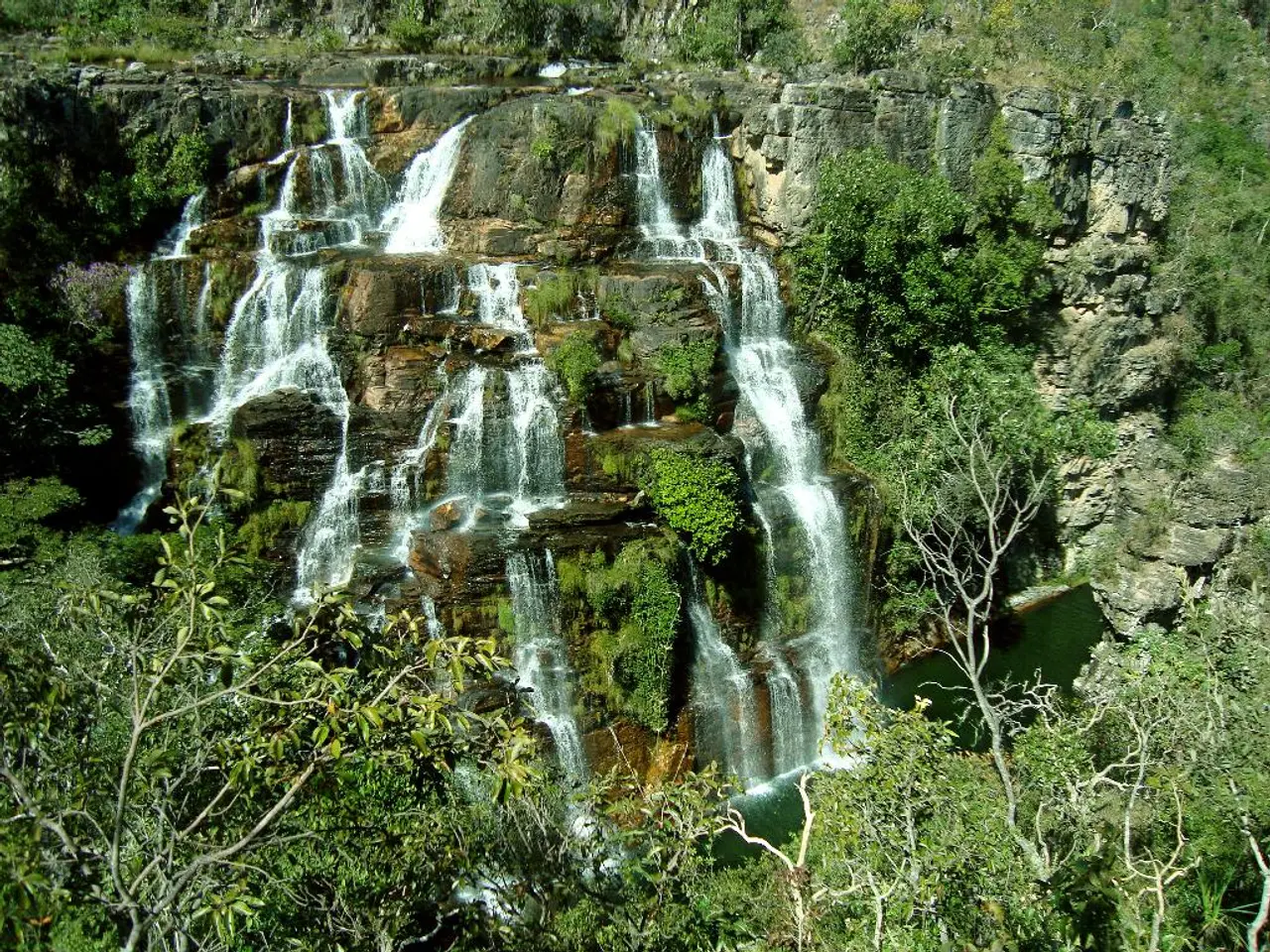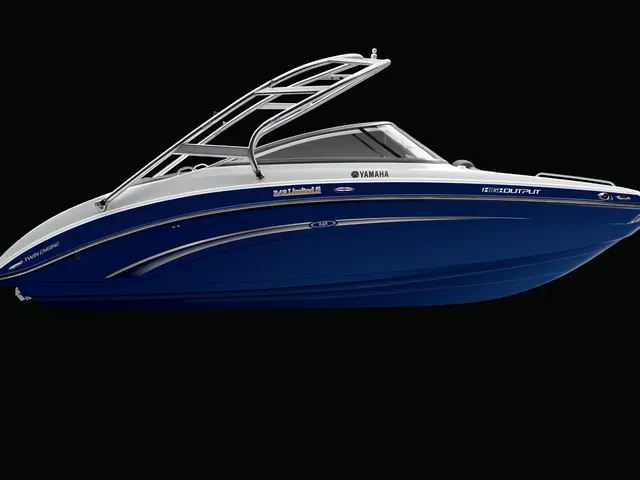Hiker Freed after Two-Day Imprisonment by Sequoia National Forest Waterfall Waterfall Confinement Duration: Two Days; Location: Sequoia National Forest; Subject: Hiker; Event: Rescue
Headline: Hiker's Stunning Survival Story Highlights Safety Precautions for Rappelling in Sequoia National Forest
In the heart of California's Tulare County, the Sequoia National Forest played host to a thrilling, yet potentially dangerous, adventure. Ryan Wardell, an experienced hiker from Long Beach, found himself in a precarious situation after a routine rappelling expedition at the Seven Teacups.
Wardell had planned to rappel to the waterfalls at Seven Teacups, but during his descent, he was caught in the river's hydraulics and got trapped behind a waterfall. His friends, having assessed the conditions as too dangerous, decided to turn back, leaving Wardell alone.
The rescue operation was a collaborative effort, involving the Tulare County Sheriff's Office, California Highway Patrol, and other local agencies. A drone from the Tulare County Sheriff's Office search teams was instrumental in locating Wardwell behind one of the waterfalls.
The rescue team, led by California Highway Patrol flight officer paramedic Mike Crain, carefully hoisted Wardell to safety. Crain had to exercise extreme caution to avoid dragging Wardell through the waterfall, preventing him from getting wet and minimising the risk of a slip during the rescue.
Wardell was treated for minor injuries and dehydration after the rescue, marking the end of a two-day ordeal. This incident serves as a stark reminder of the dangers that lurk in the Sequoia National Forest, particularly during high water.
To avoid incidents like Wardell's, several critical safety precautions should be taken when rappelling in the Sequoia National Forest:
- Never rappel solo. Always rappel with a trusted group for immediate help if problems arise.
- Assess water flow and weather conditions beforehand. Strong hydraulics and currents can sweep rappellers off the rope or trap them behind waterfalls. Check recent snowpack, river flows, and local advisories to avoid high or dangerous water levels.
- Use proper equipment. This includes a technical rappelling harness, sturdy rope, a helmet, waterproof dry bags for gear, and wetsuits or quick-dry layers to maintain body heat in cold, wet conditions.
- Avoid the pools in high flows. Swirling pools below waterfalls have dangerous eddies and strong currents that can trap experienced swimmers and rappellers.
- Use contingency anchors and man the station above. A figure-8 block or similar can control rope safety and readiness to cut rope in emergencies.
- Carry emergency gear like water-resistant clothing layers, emergency food, and a reliable communication device to help if stranded.
- Know your limits and skill level. Only attempt such descents with experience and appropriate gear, as the terrain and water forces can turn hazardous quickly.
- Scout and check water depths before jumps or entries since pool depth changes seasonally, and some spots may become difficult to escape from.
In summary, rappel with a group, check conditions closely, carry proper safety and survival gear, avoid high water or strong currents, use technical anchors carefully, and respect your skill limits. By following these precautions, the risk of similar emergencies can be significantly reduced.
This harrowing incident has been considered a stunning survival story by search and rescue teams in Central California. It underscores the importance of being well-prepared and informed when venturing into the great outdoors, especially in challenging terrains like the Sequoia National Forest.
- For an adventurous lifestyle enthusiast planning an adventure-travel trip, incorporating sports like sports-analysis of hiking trails and understanding safety precautions for activities such as rappelling in Sequoia National Forest is key.
- When contemplating a travel itinerary that includes Sequoia National Forest and its thrilling terrains, factoring in safety measures for activities like rappelling, sports-analysis of trail conditions, and taking necessary gear for unforeseen incidents will not only make the journey exciting but also ensure a safer journey.





